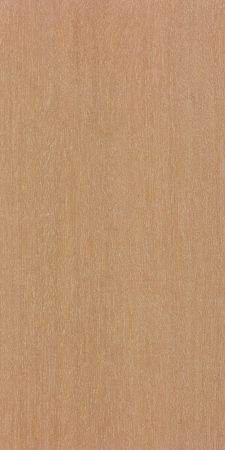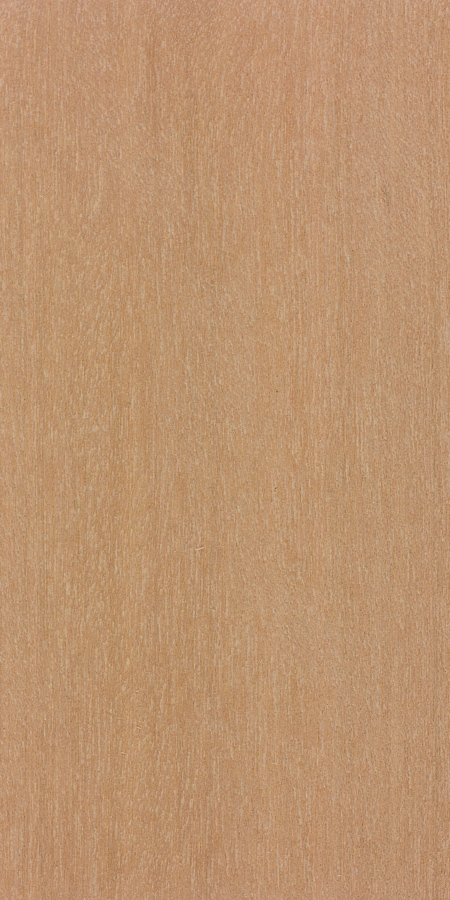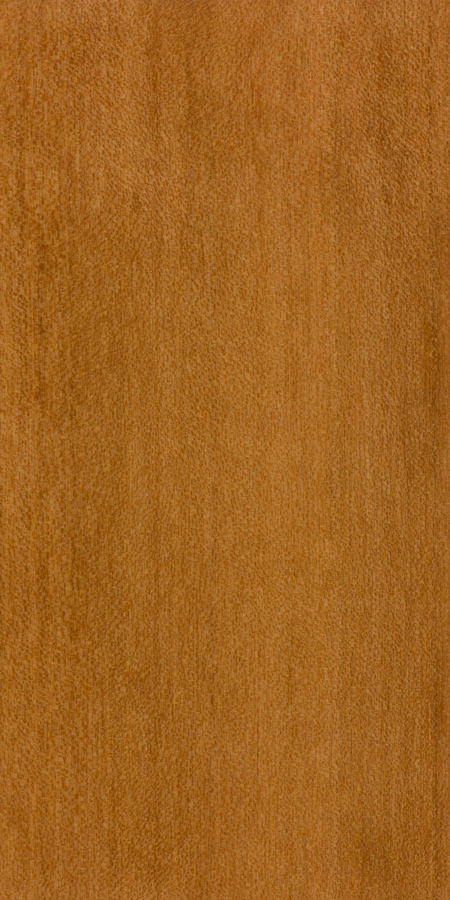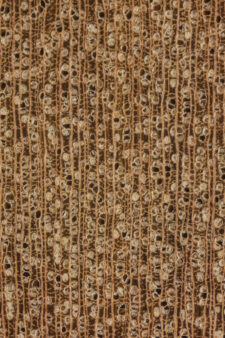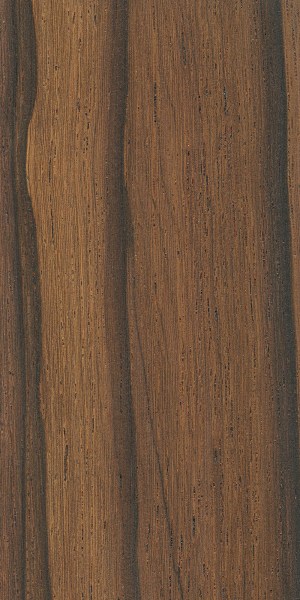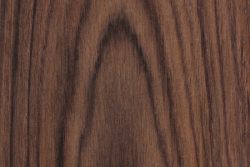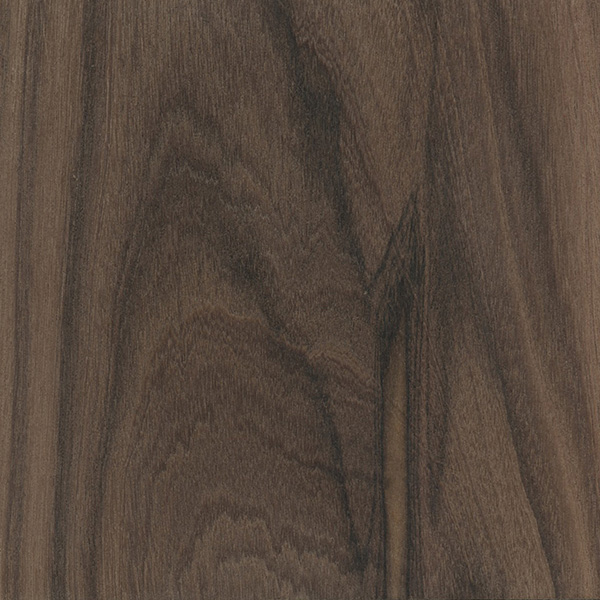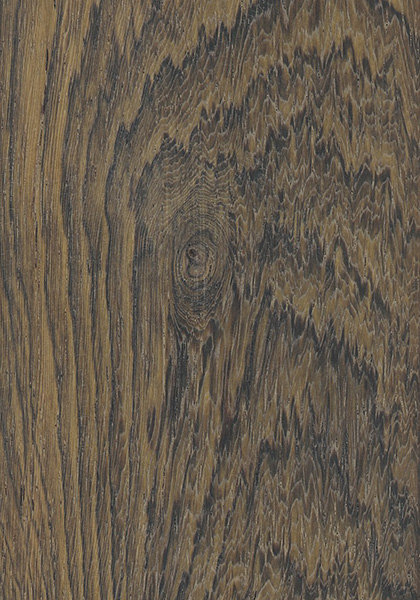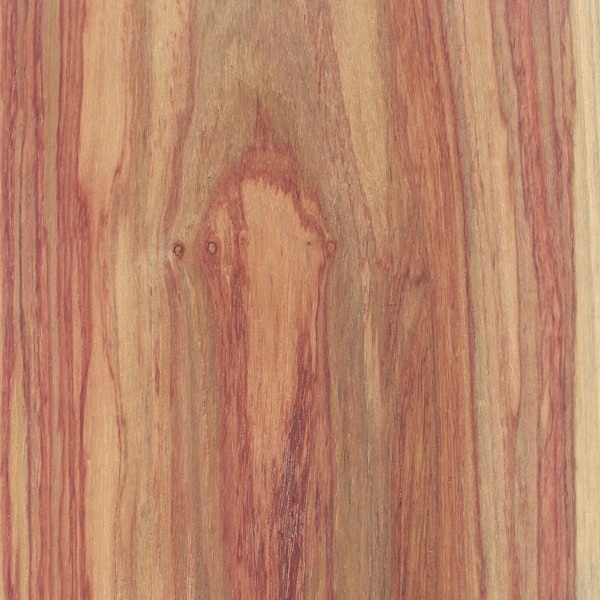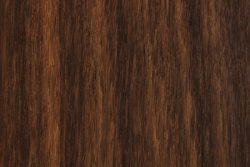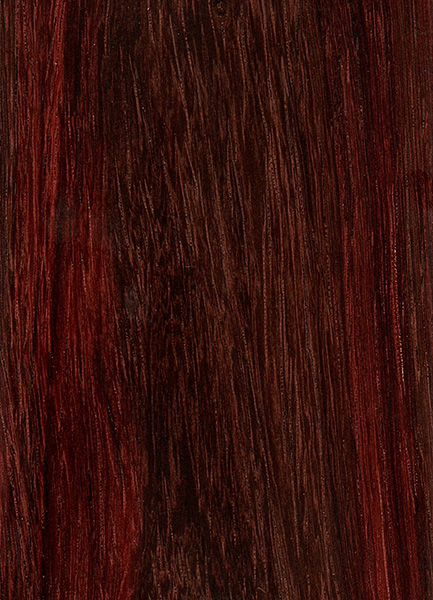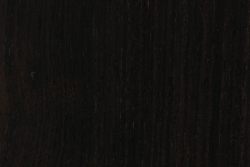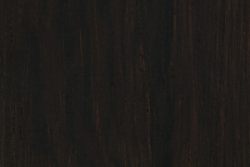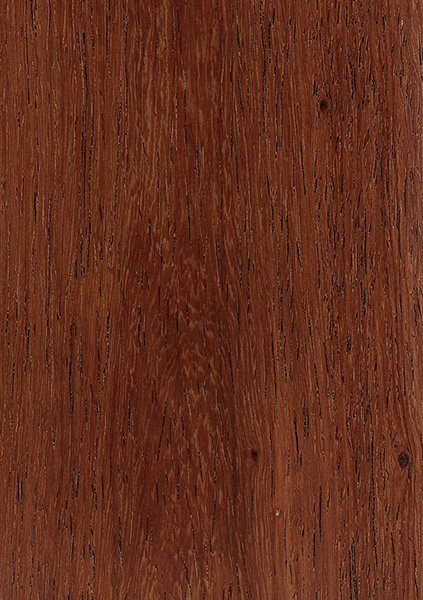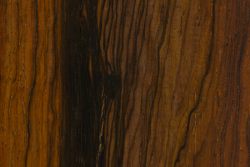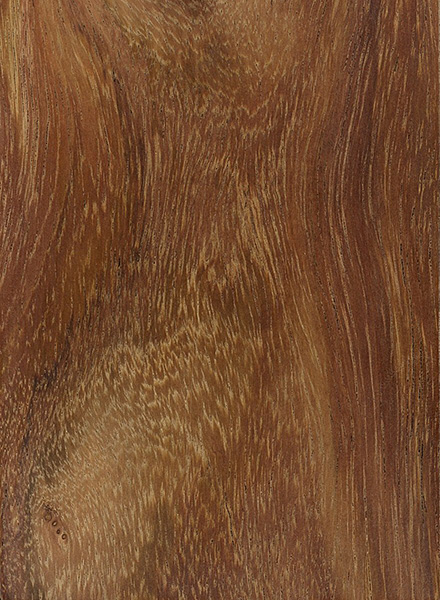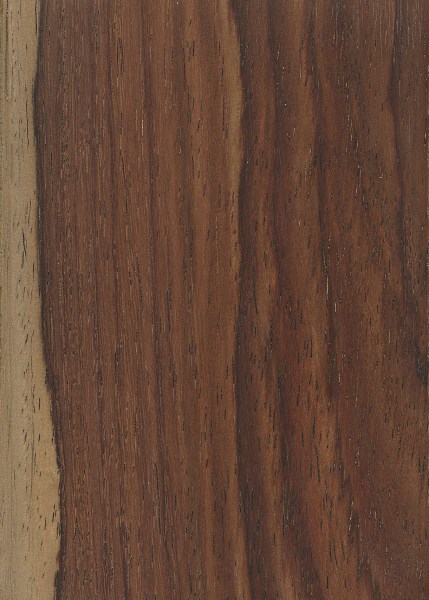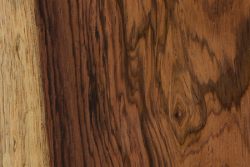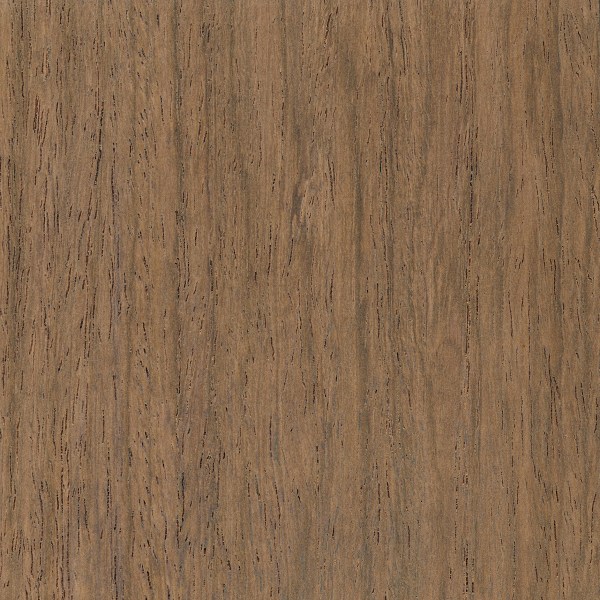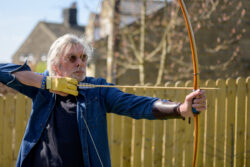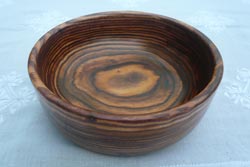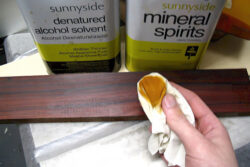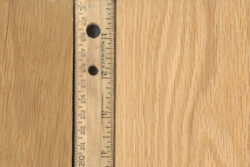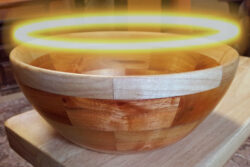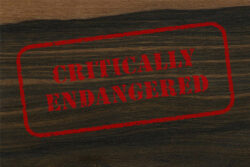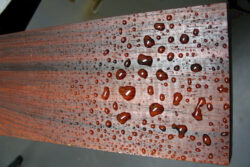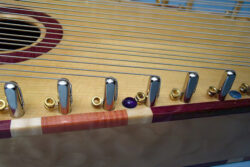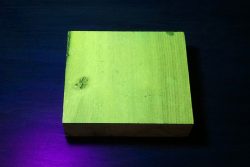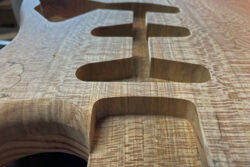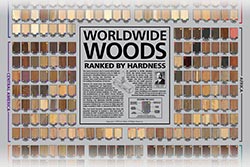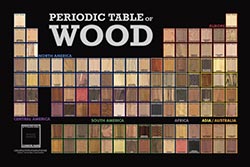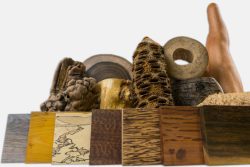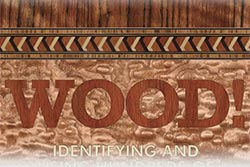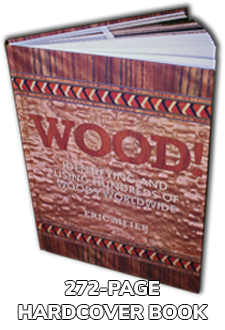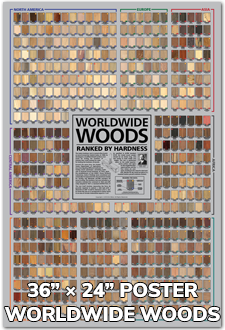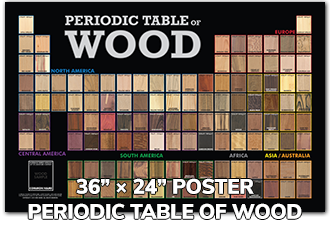Shortcode with special plugin:
Testing
Shortcode via ACF shortcode:
DATA SOURCE(S): 7,8,15,17,18,19,20,21,22,23
Common Name(s): test, alt
Scientific Name: Olea capensis
Distribution: Testing
Tree Size: 65–100 ft (20–30 m) tall,
2–3 ft (.6–1.0 m) trunk diameter
Average Dried WeightAVERAGE DRIED WEIGHT
Density is the measurement of a wood’s weight per unit volume. Here, “dried weight” specifically refers to wood at 12% moisture content. Also keep in mind that density commonly varies by +/- 10% from the average.
Click on the link “Average Dried Weight” for more details.: lbs/ft3 ( kg/m3) High WEIGHT TIERS
Extremely Low: 0+ kg/m3
Very Low: 420+ kg/m3
Low: 520+ kg/m3
Medium-Low: 620+ kg/m3
Medium: 730+ kg/m3
Medium-High: 840+ kg/m3
High: 960+ kg/m3
Very High: 1,080+ kg/m3
Extremely High: 1,200+ kg/m3
Tiers are based on CSIRO provisional strength groupings (SD1-SD8) based on density.
Janka HardnessJANKA HARDNESS
This test measures a wood’s resistance to indentation, and is the pounds of force (or Newtons) required to embed a .444″ (11.28 mm) diameter steel ball halfway into the wood. Values are for side grain, measured at 12% MC.
Click on the link “Janka Hardness” for more details.: lbf ( N)* Very High JANKA HARDNESS TIERS
Extremely Low: 0+ N
Very Low: 2,050+ N
Low: 3,150+ N
Medium-Low: 4,480+ N
Medium: 6,280+ N
Medium-High: 8,380+ N
High: 11,080+ N
Very High: 14,000+ N
Extremely High: 17,450+ N
Tiers are derived from CSIRO provisional strength classifications (SD1-SD8) in conjunction with the USDA’s estimated hardness based on density.
Modulus of RuptureMODULUS OF RUPTURE
Sometimes called bending strength, this test measures a wood’s strength before breaking (i.e., rupturing). Values measured at 12% MC.
Click on the link “Modulus of Rupture” for more details.: lbf/in2 ( MPa) Very Low MOR TIERS
Extremely Low: 0+ MPa
Very Low: 45+ MPa
Low: 55+ MPa
Medium-Low: 65+ MPa
Medium: 78+ MPa
Medium-High: 94+ MPa
High: 110+ MPa
Very High: 130+ MPa
Extremely High: 150+ MPa
Tiers are based on CSIRO strength classifications (SD1-SD8).
Elastic ModulusMODULUS OF ELASTICITY
This test measures the wood’s level of deformation when under a given load. Higher values indicate less deformation (i.e., stiffer). Values measured at 12% MC.
Click on the link “Elastic Modulus” for more details.: lbf/in2 ( GPa) Medium-Low MOE TIERS
Extremely Low: 0+ GPa
Very Low: 7.9+ GPa
Low: 9.1+ GPa
Medium-Low: 10.5+ GPa
Medium: 12.5+ GPa
Medium-High: 14.0+ GPa
High: 16.0+ GPa
Very High: 18.5+ GPa
Extremely High: 21.5+ GPa
Tiers are based on CSIRO strength classifications (SD1-SD8).
Crushing StrengthCRUSHING STRENGTH
Also called compression strength, this test measures the maximum stress sustained before failure. Force is applied parallel to the grain (producing stress akin to chair legs). Values measured at 12% MC.
Click on the link “Crushing Strength” for more details.: lbf/in2 ( MPa) Very High CRUSHING STRENGTH TIERS
Extremely Low: 0+ MPa
Very Low: 30+ MPa
Low: 36+ MPa
Medium-Low: 41+ MPa
Medium: 47+ MPa
Medium-High: 54+ MPa
High: 61+ MPa
Very High: 70+ MPa
Extremely High: 80+ MPa
Tiers are based on CSIRO strength classifications (SD1-SD8).
ShrinkageSHRINKAGE
These values represent the percentage change in radial and tangential faces of the wood—as well as the total (volumetric) shrinkage—as the moisture content goes from green (maximum) down to oven-dry (minimum), approximating the wood’s stability with changes in humidity. T/R ratio helps to estimate the uniformity of the shrinkage across different wood faces.
Click on the link “Shrinkage” for more details.: Radial: 3%, Tangential: 5% Low SHRINKAGE TIERS
Very Low: 0%+
Low: 3.6%+
Medium: 5.1%+
High: 6.6%+
Very High: 8.1%+
Tiers are based on tangential shrinkage (green to oven-dry) from CSIRO shrinkage classifications (1-5).
Volumetric: 8%, T/R Ratio: 1.6
Color/Appearance: Has a uniform yellow to pinkish-brown color, with sapwood indistinct from heartwood.
Grain/Texture: Fine texture and a straight or slightly interlocked grain.
Rot Resistance: Non-durable; poor resistance to decay or insect attack. Good acid resistance.
Workability: Easy to work with both hand and machine tools. Turns, glues, and finishes well.
Odor: No characteristic odor.
Has an unpleasant odor when freshly cut.
Has a distinct odor while being worked.
Allergies/Toxicity: Besides the standard health risks associated with any type of wood dust, no further health reactions have been associated with eastern redbud—possibly due to its relative obscurity.
There have been no health effects associated specifically with coracao de negro, though this may be due to its relative obscurity. However, other Swartzia species have been reported to cause skin and respiratory irritation in some individuals.
Although severe reactions are quite uncommon, Cypress has been reported as a sensitizer. Although severe reactions are quite uncommon, sucupira has been reported to cause skin irritation.
See the articles Wood Allergies and Toxicity and Wood Dust Safety for more information.
Pricing/Availability: Seldom available in North America. Prices should be moderate when compared to other imported lumber.
Sustainability: This wood species is not listed in the CITES Appendices, and is reported by the IUCN as being a species of least concern.
This wood species is not listed in the CITES Appendices or on the IUCN Red List of Threatened Species.
This wood species is not listed in the CITES Appendices, but is on the IUCN Red List. It is listed as vulnerable due to a population reduction of over 20% in the past three generations, caused by a decline in its natural range, and exploitation.
This wood species is in CITES Appendix II, and is on the IUCN Red List. It is listed as endangered due to a population reduction of over 50% in the past three generations, caused by a decline in its natural range, and exploitation.
Common Uses: A general-purpose lumber used for furniture, interior millwork, plywood, and flooring.
Comments: None.
Images: Drag the slider up/down to toggle between raw and finished wood.
A special thanks to Steve Earis for providing the wood sample and turned photo of this wood species.
A special thanks to Justin Holden for providing a wood sample of this wood species.
A special thanks to Adam Cottrill for providing the turned photo of this wood species.
There are currently no pictures of this exact wood species, but a similar species within the Betula genus is being substituted (B. alleghaniensis). If you’d like to contribute a wood sample of this specific species to be photographed, please use the contact form.
Identification: See the article on Hardwood Anatomy for definitions of endgrain features.
PorosityPOROSITY
Specifies the overall pore structure (ring-porous, semi-ring-porous, or diffuse porous), and notes if annual growth rings may still be seen even for diffuse porous hardwoods.
Click on the link “Porosity” for more details.: diffuse porous; growth rings sometimes subtly discernible due to decrease in pore frequency in latewood
ArrangementARRANGEMENT
Describes the more individual pore arrangements found throughout the end grain surface, such as solitary, multiples, chains, clusters, etc.
Click on the link “Arrangement” for more details.: solitary and radial multiples
VesselsVESSELS
Describes the relative size and frequency of the pores (vessels), as well as any contents found in the pores, such as tyloses, colored mineral deposits, etc.
Click on the link “Vessels” for more details.: medium to large, few to moderately numerous
RaysRAYS
Describes the relative width and frequency of the rays (appearing as thin vertical lines on the endgrain), as well as a note on if these rays are visible with/without magnification.
Click on the link “Rays” for more details.: narrow to medium width, normal spacing; rays are just barely visible without magnification
Lookalikes/Substitutes: None.
Notes: None.
Related Content:

